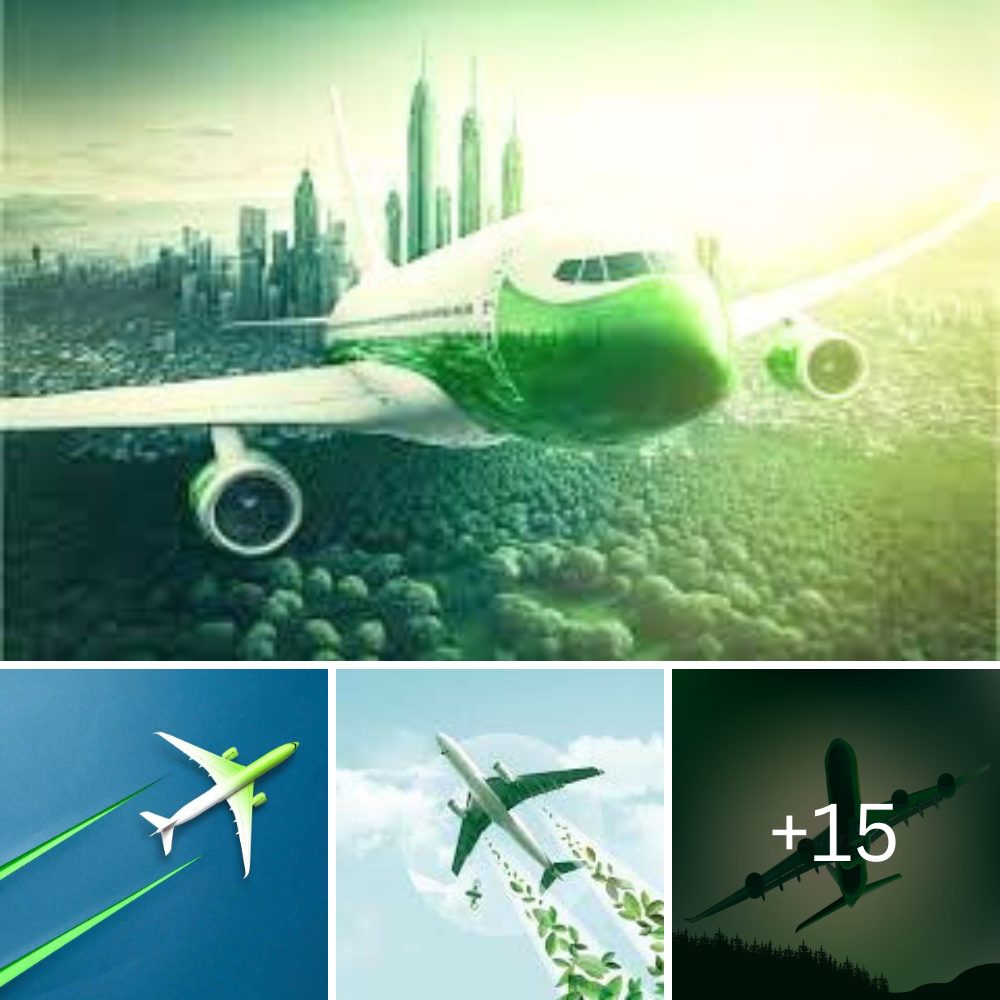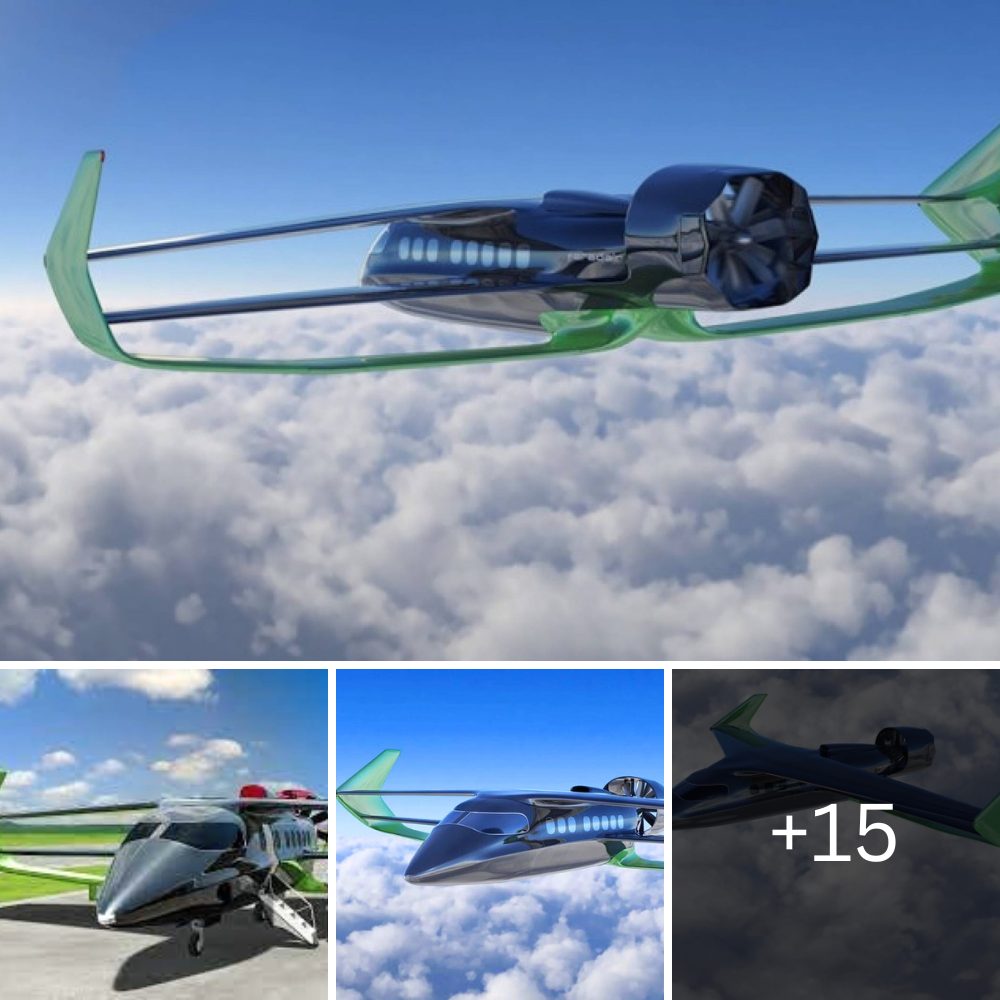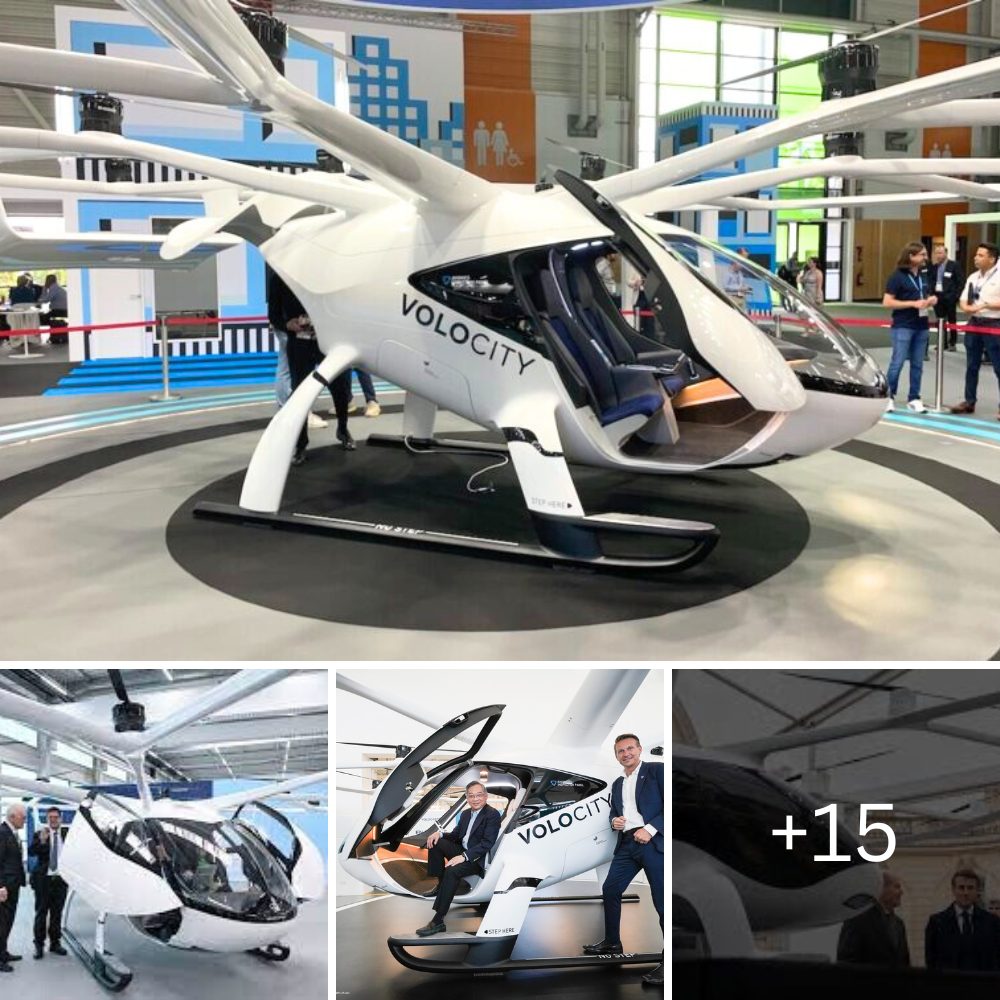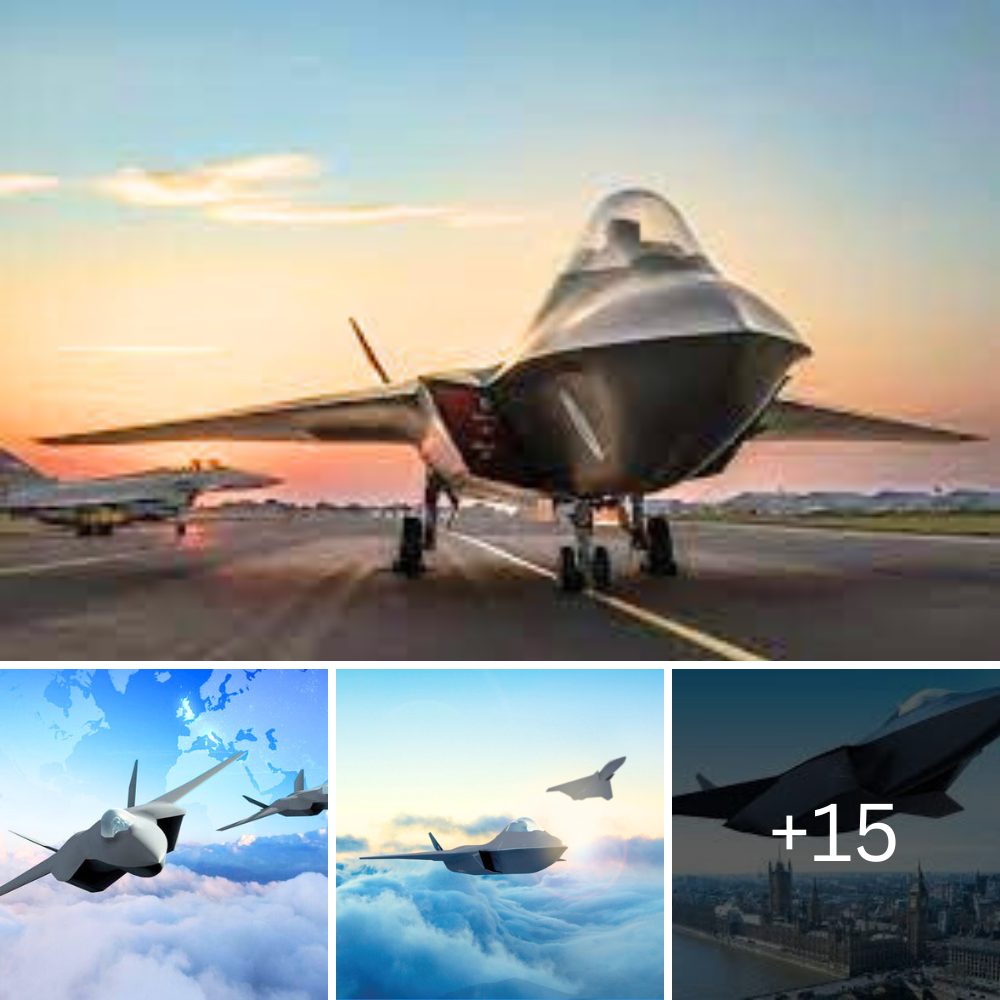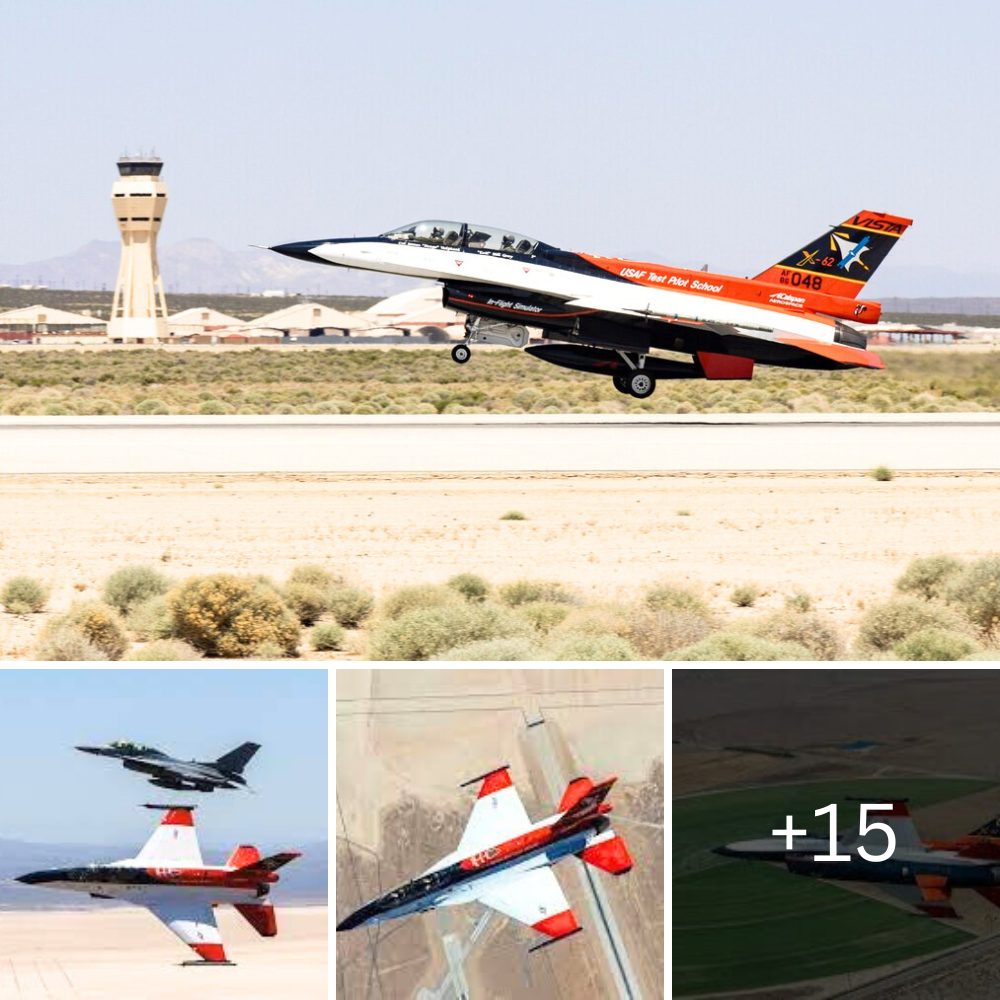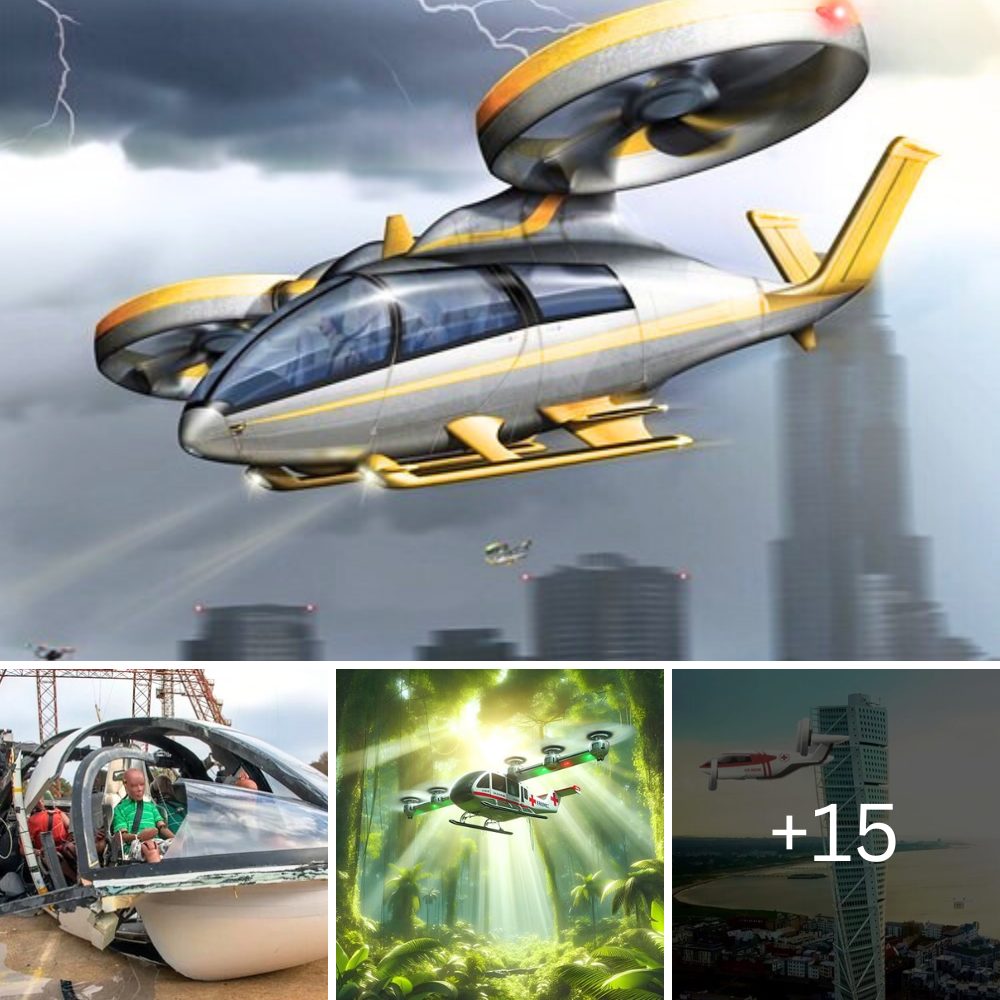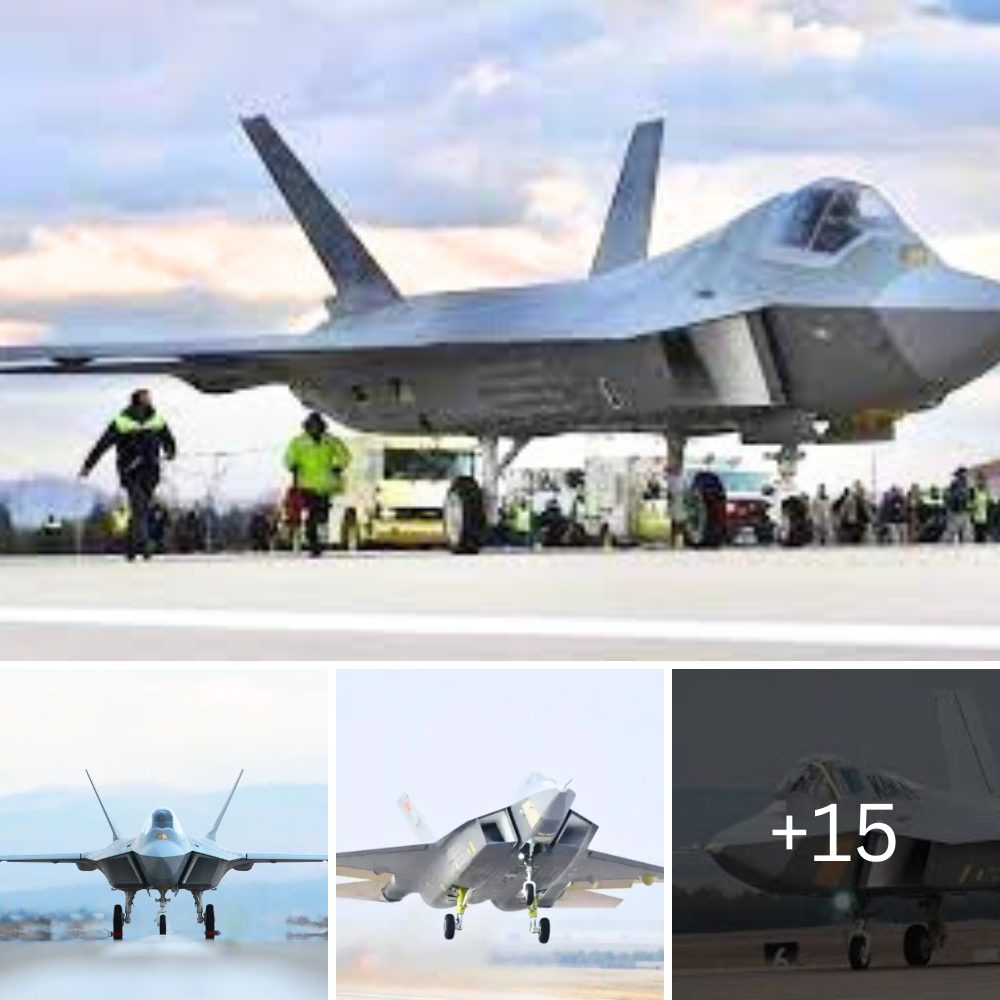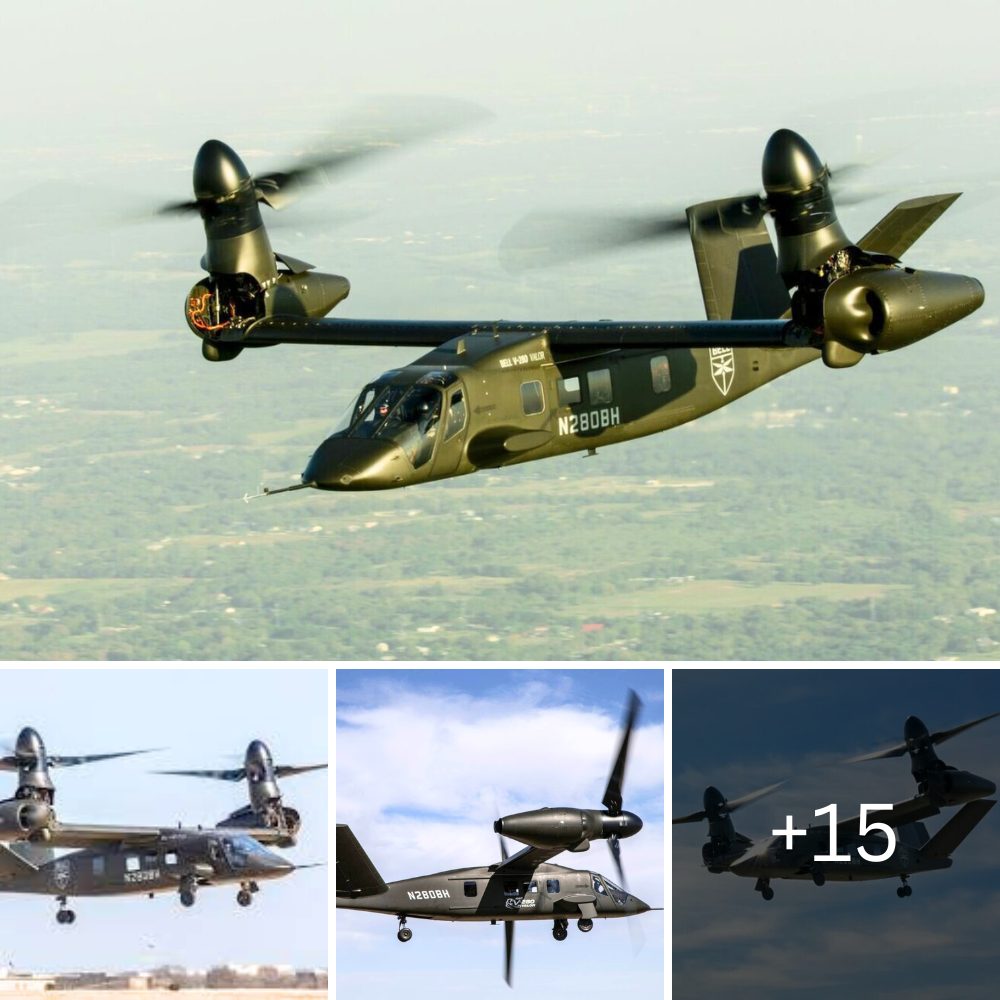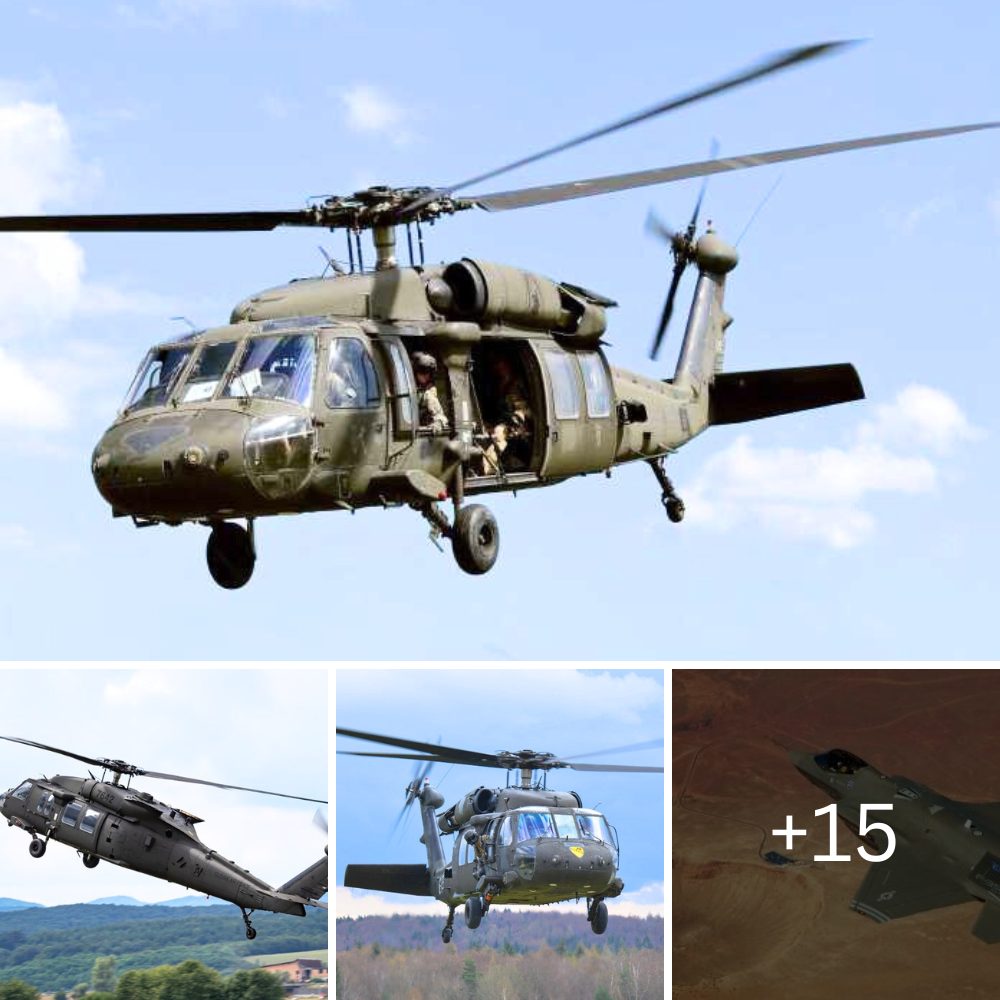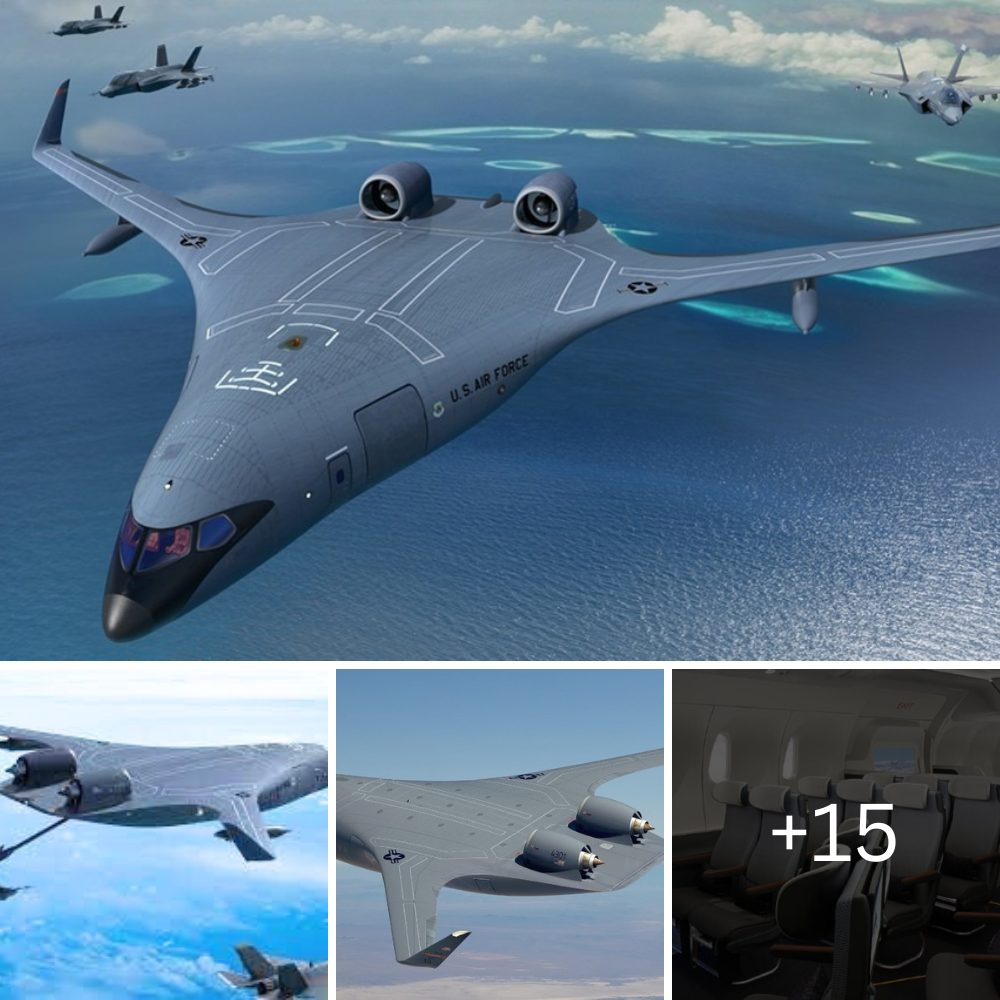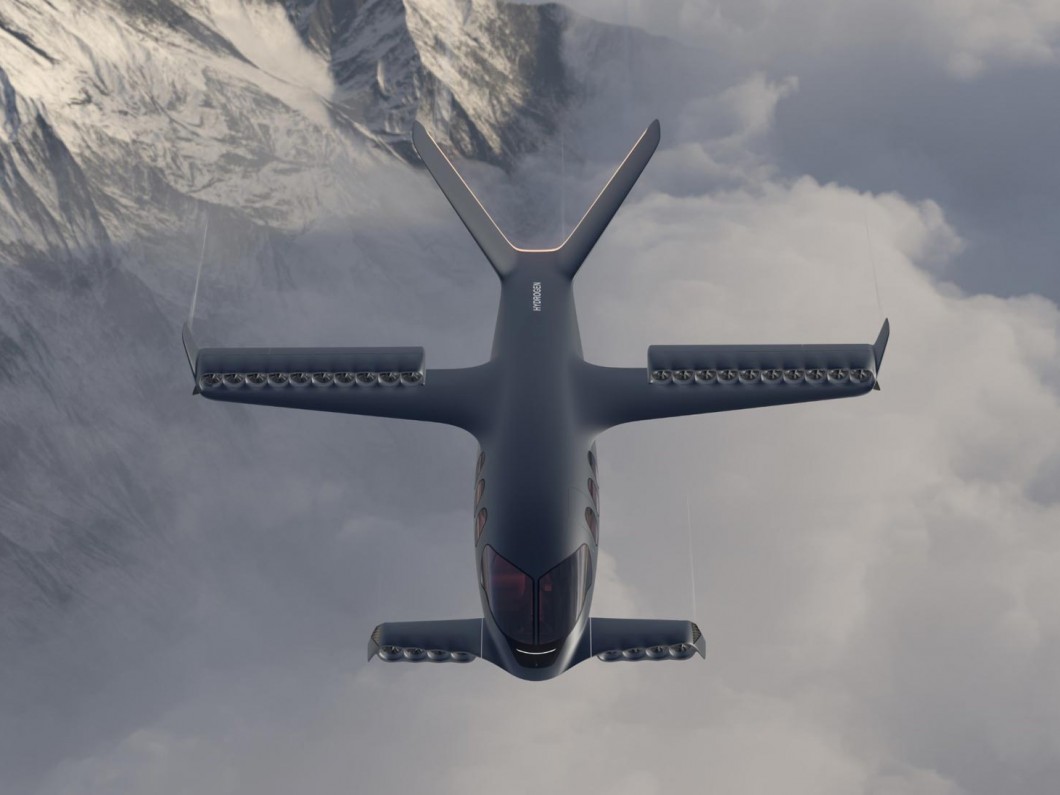
The Sirius Jet will fly up to 1,150 miles (1,851 km) at speeds up to 323 mph (520 km/h) on a clean liquid-hydrogen powertrain. It’ll rise vertically off a pad thanks to a deflected vectored thrust system using 20 smallish electric ducted fans.
It’s the work of Swiss startup Sirius Aviation AG, which has apparently had a “team of 100+ engineers” beavering away at “intense R&D” on this project in the insanely picturesque lakeside town of Baar since 2021. Sirius says it’s already started the certification process with the FAA, with a demonstration plane scheduled for first flights in 2025. Full certification, commercial deliveries and shuttle flights are planned for 2028.
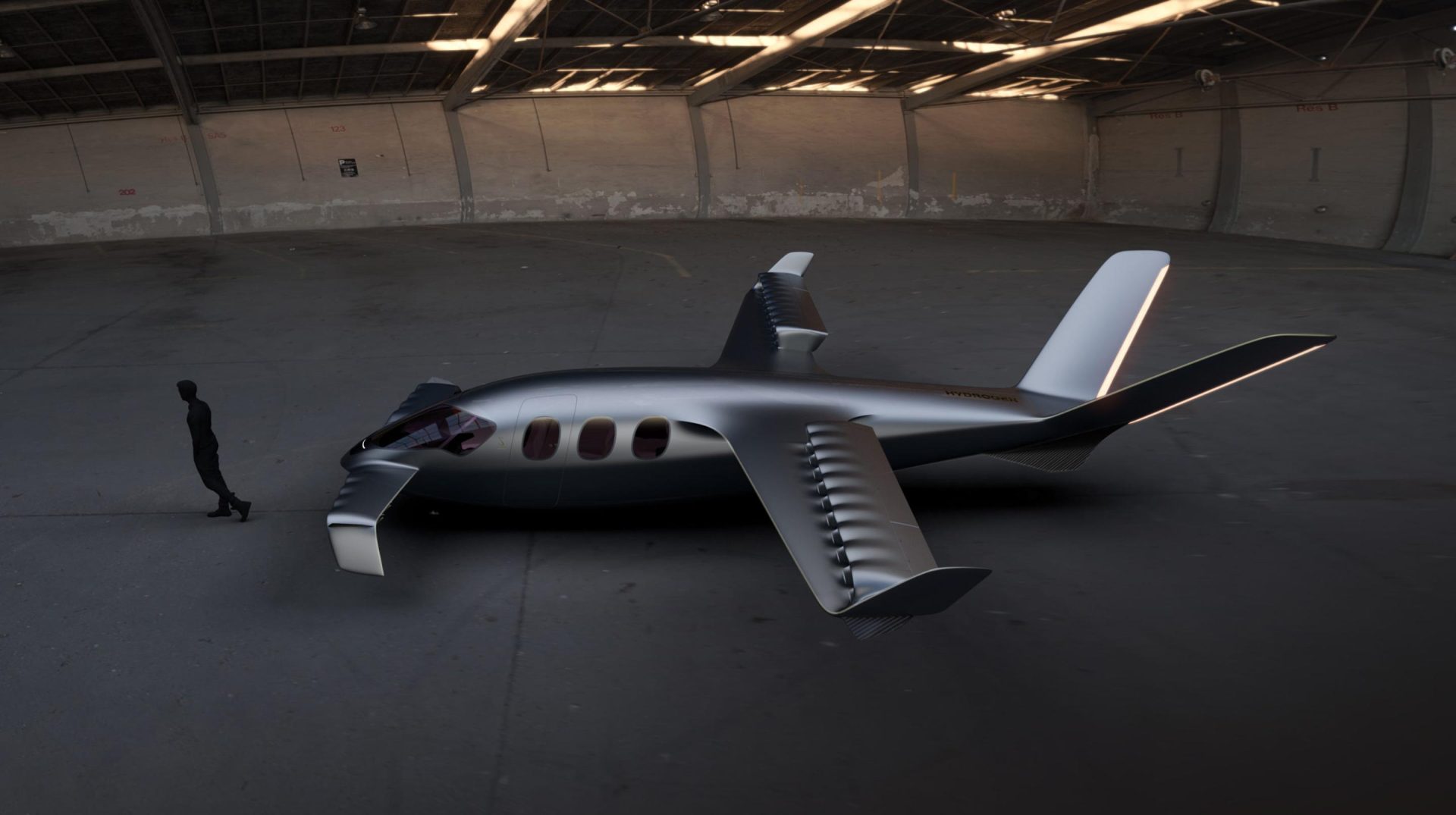
To access that maximum 1,150-mile range, you’ll need to go for the Business version, which can only take three passengers. A five-passenger, commercially-focused Millennium version displaces two seats’ worth of hydrogen tanks, reducing range to 650 miles (1,046 km) – but that’s still more than four times the 124-155-mile (200-250-km) range Lilium is targeting using batteries, and it pushes Sirius into contention for routes like LA to San Francisco, London to Berlin, Melbourne to Sydney, or Beijing to Seoul.
How likely is it to happen? Well, as Lilium can tell you, it’s no picnic pushing these next-gen electric VTOL aircraft from the design phase through prototyping, testing, certification and into volume manufacturing – and it’s an enormously expensive lack of picnic. To some extent, the first wave of eVTOL companies may be smoothing the path for other entrants, but it’s still a massive challenge. Sirius is adding one major complication and one minor complication to that process.
The minor one is its deflected-thrust, small-fan system, which looks like a recipe for throwing energy away. As we discussed with Lilium CTO Alistair McIntosh, small fans with high disc loading are vastly less efficient in VTOL and hover operations than the larger propellers and rotors used on most eVTOL air taxi designs. Sirius is planning to have 20 fans, each just 11.8 inches (30 cm) in diameter, along its wings and canards.
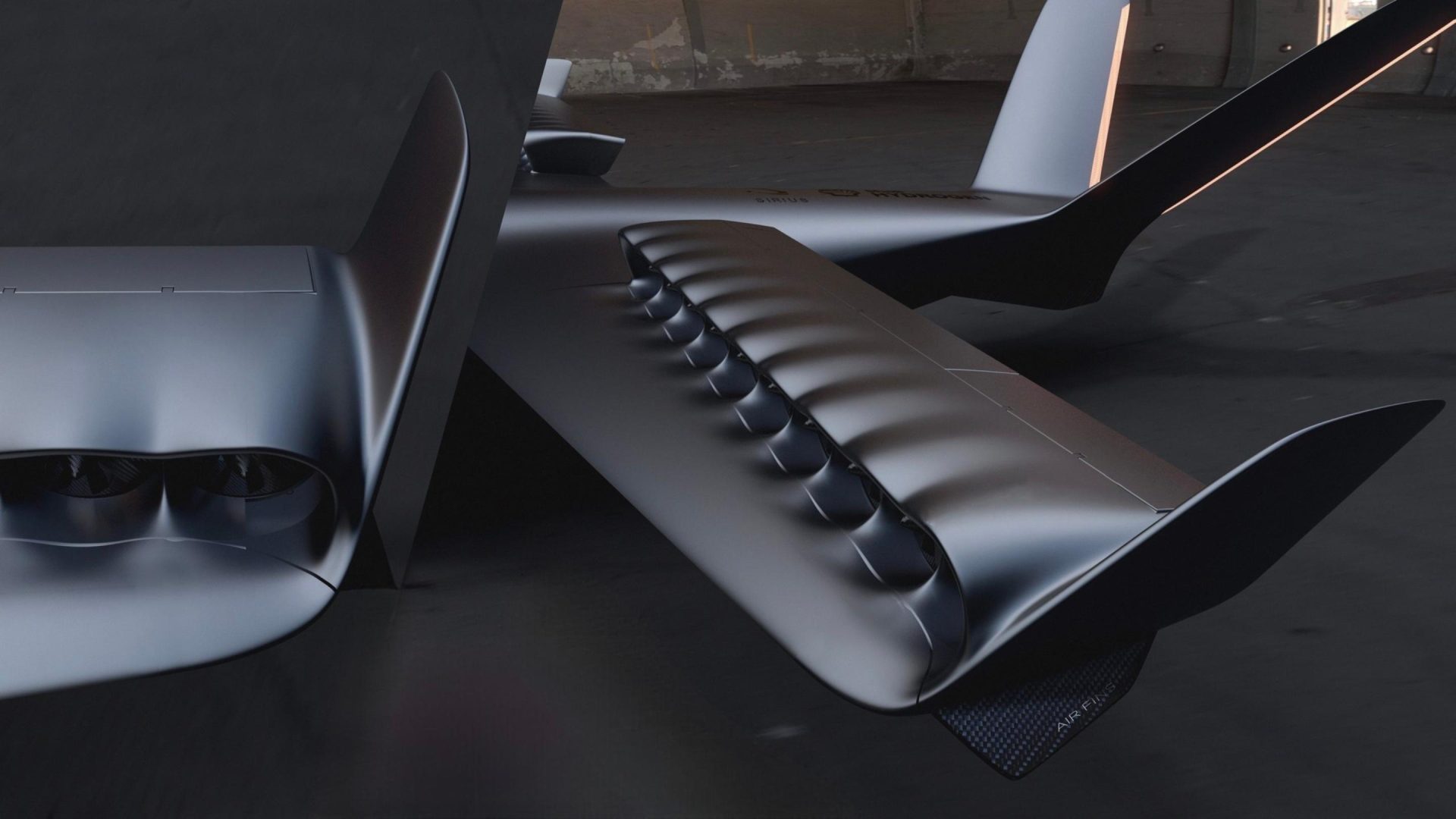
And as we discussed with Odys Aviation co-founder James Dorris, deflected thrust systems might reduce airframe complexity, but they also reduce efficiency and require the aircraft to pitch back in a fairly decent “wheelie” during takeoff and landing.
This is probably less of an issue when you’re running on hydrogen rather than batteries, though, because clearly there’s enough energy storage on board to make up for these inefficiencies.
The liquid-hydrogen powertrain, on the other hand – that would be a bigger concern for us. There’s little doubt at this stage that hydrogen is the path that’ll get us to clean short-range and regional aviation, and there are a number of companies working to develop and certify aviation-grade hydrogen powertrains. But this alone is an enormous task – there are test planes flying on hydrogen as we speak, but it remains a cutting-edge technology that nobody’s got certified or into commercial use yet.
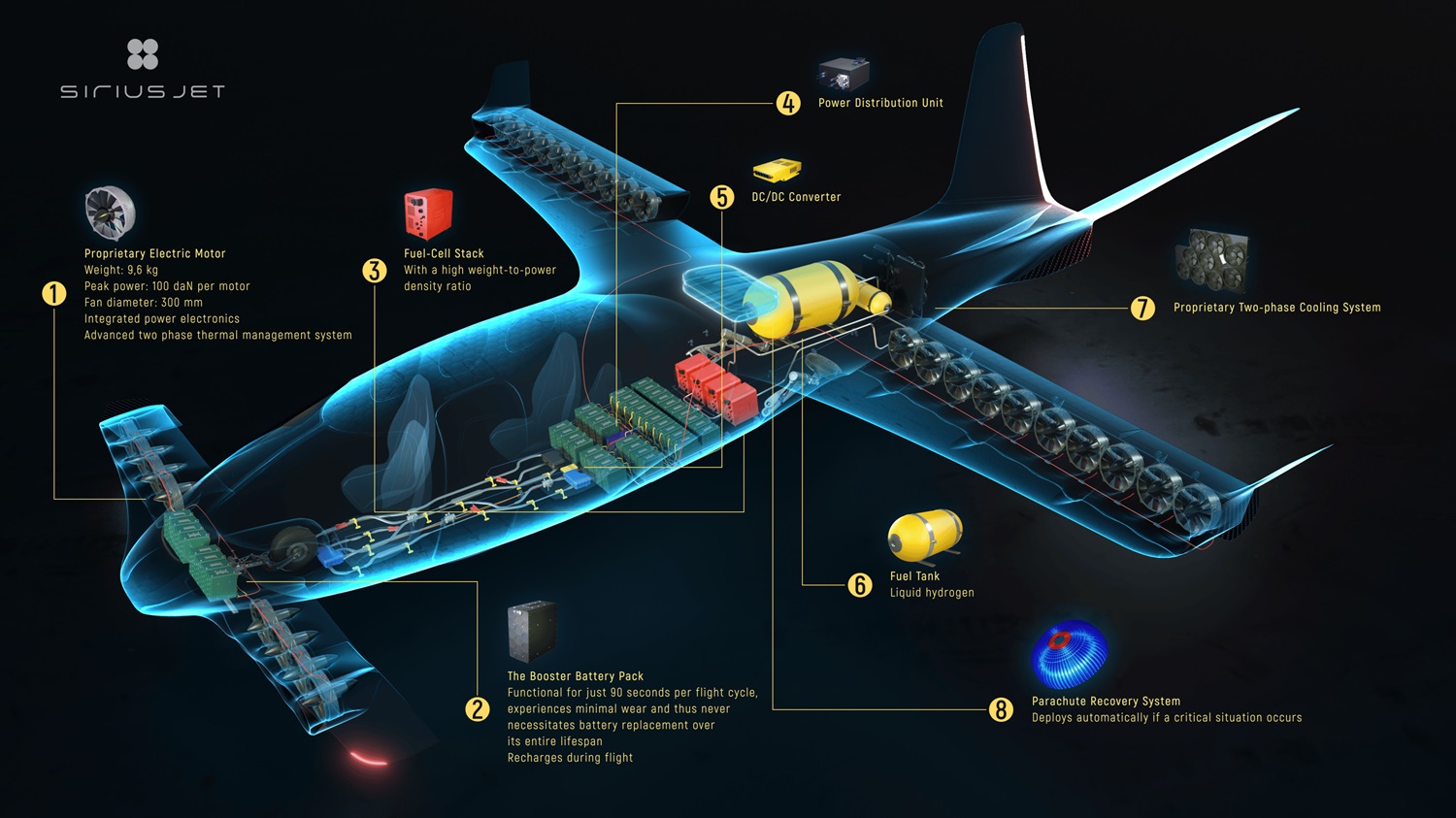
And that’s with gaseous hydrogen; Sirius is talking liquid hydrogen, which does indeed carry an impressive amount of energy suitable for longer-range flights. But it needs to be kept incredibly cold, below 20 kelvin (-253 °C/-424 °F), at all phases of distribution, filling and flight, and if gaseous hydrogen aviation is cutting-edge, liquid hydrogen for aviation is even less mature as a technology; heck, it’s only last September that H2Fly made the world’s first piloted flight of a liquid H2-powered plane.
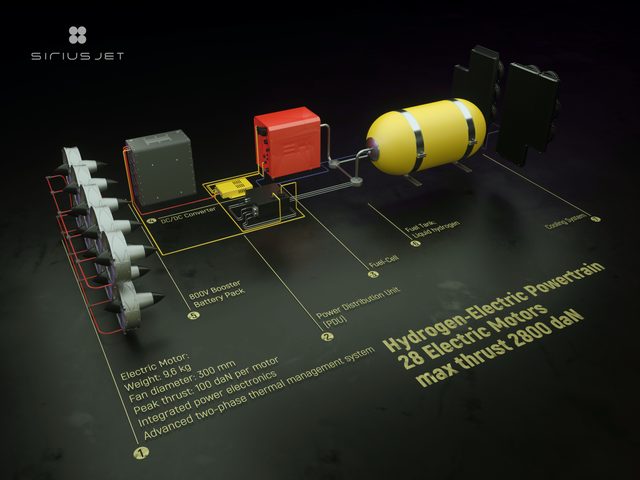
So it’s an extremely ambitious program we’re looking at here, with fairly long odds and intimidatingly large investments needed if Sirius is genuinely serious (yuk yuk) about its stated timelines and goals. But it’s a nice-looking design in the renders, and there’s no doubt in our minds that liquid-hydrogen-powered eVTOLs will have a significant contribution to make in the coming decades.
If the right investors can be found, with the appetite to put enormous funds into this business without expecting returns for many years, it’s got a chance – but those appetites have probably been blunted by the money-hungry first wave of eVTOL startups. So we wish this team the best of luck, and will follow its progress with interest!

